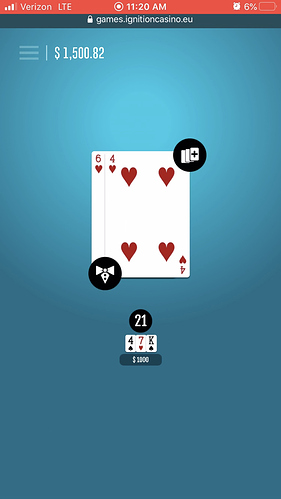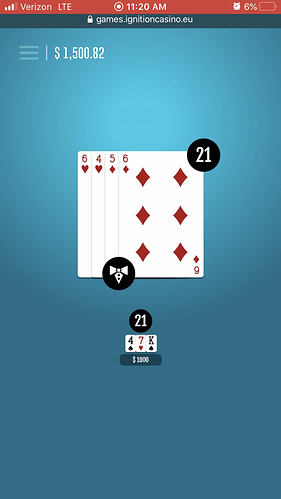Spend enough time around self-styled blackjack experts and you’ll inevitably hear about basic strategy’s ability to “solve” the ultimate skill-based casino game.
Many players view blackjack’s basic strategy as a set of ironclad rules which must be followed at all times. And indeed, the optimal plays found on every basic strategy chart do offer the highest theoretical expected return. If you’re speaking in purely statistical terms, sticking to basic strategy’s script is technically the correct course of action.
Nonetheless, blackjack is still capable of creating subjective situations that split popular opinion.
8-8 vs. 10
Take the old maxim to “always split Aces and 8s” as the perfect example. Sure enough, turning a mediocre 16 total into a pair of potential 18s or 19s is common sense when facing dealer up cards between 2 and 9.
But what about when you’re holding 8-8 against the dealer’s 10? The basic strategy guidelines definitely dictate splitting here, but plenty of experienced blackjack players out there opt to reduce their risk by keeping the 16 intact and hoping for an unlikely dealer bust.
Even that decision is subjective too, as respected blackjack strategist and author John Patrick advises readers to hit their 8-8 against a dealer 10. As his reasoning goes, Patrick recognizes that a loss here is highly likely, so you might as well shoot for a longshot low card to at least give your 16 a fighting chance.
A-7 vs. 9 or 10
Another hand blackjack grinders argue about involves the soft 18 (A-7) against the dealer’s 9 or 10.
The basic strategy book says to hit in these spots, as drawing a third card never puts you at risk of going bust. The best-case scenario when hitting here is to find a 3 for 21, while a 2 to make 20 is also quite attractive. But even if you catch a 4 to make 12, you can hit again knowing only a 10-value will bust you.
While that all sounds well and good on paper, you’ll still see players stand on soft 18 against a 9 or 10 almost by default. They convince themselves that 18 is already good enough to win, so why bother messing with a good thing?
The math also makes this one a particularly close call, as hitting here creates nine wins out of 20 hands on average, while standing offers an eight-win probability.
Hard 12 vs. 2 or 3
Finally, blackjack sharps love to stand on a hard 12 when the dealer shows a low “bust card” like 4, 5, or 6.
The math makes it clear that standing in those spots is correct, but some players extend that reasoning to stand on hard 12 against a 2 or 3 as well.
What do you think: hit here and risk going bust, or stand and hope to see the dealer hit their way to a loss?


 just remember is you get a 13 is better to surrender and try your luck on the next round!! NOW I was looking at the patterns for 14 what should you do? is tricky you could get a 21 or bust!! so use your instincts!! If I see a 13 I surrender only a miracle will give a 19… Let me go try it…
just remember is you get a 13 is better to surrender and try your luck on the next round!! NOW I was looking at the patterns for 14 what should you do? is tricky you could get a 21 or bust!! so use your instincts!! If I see a 13 I surrender only a miracle will give a 19… Let me go try it…
